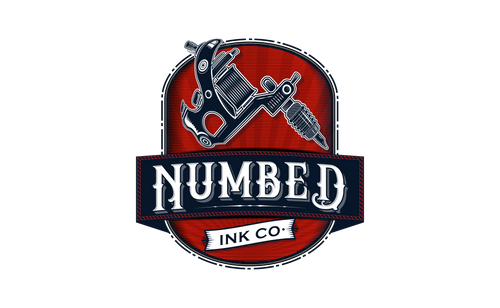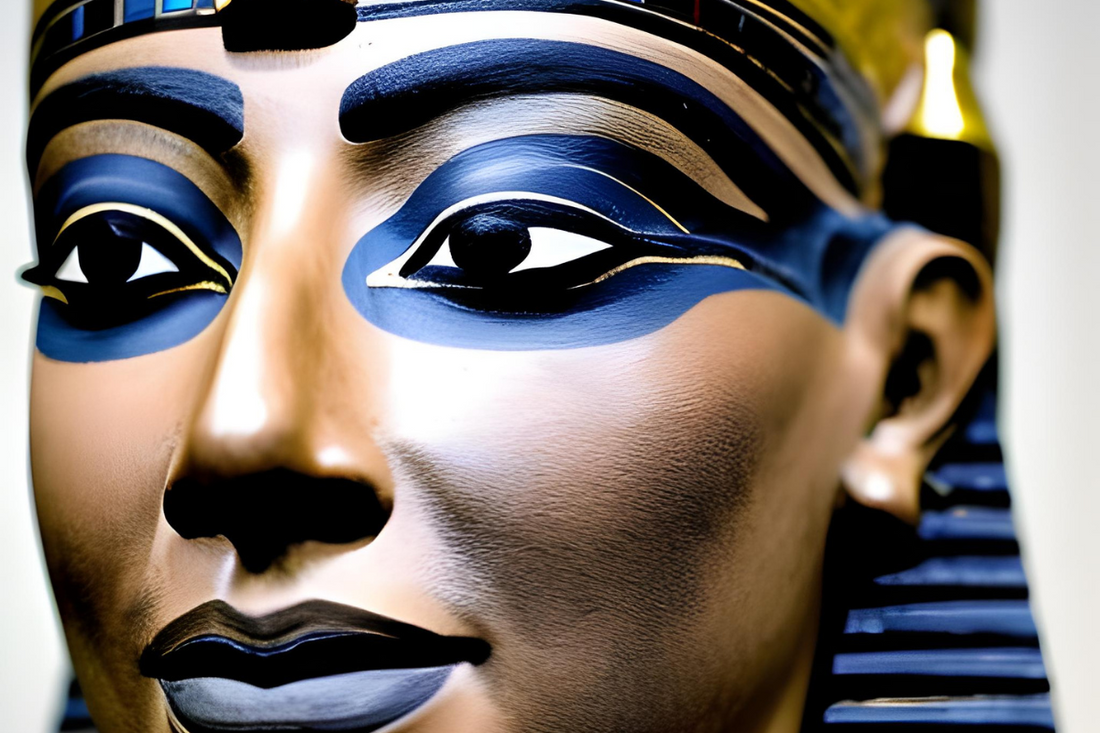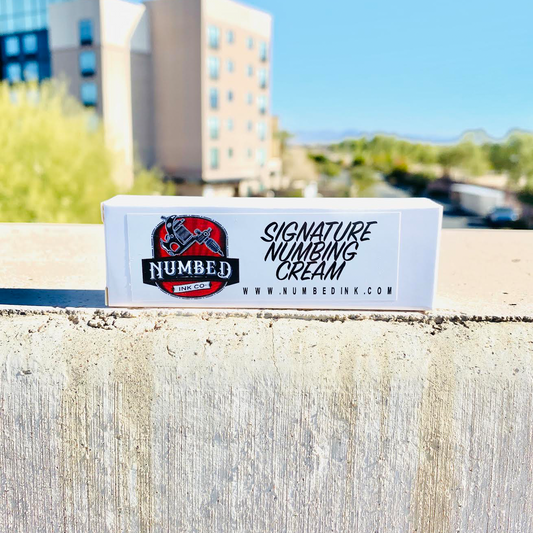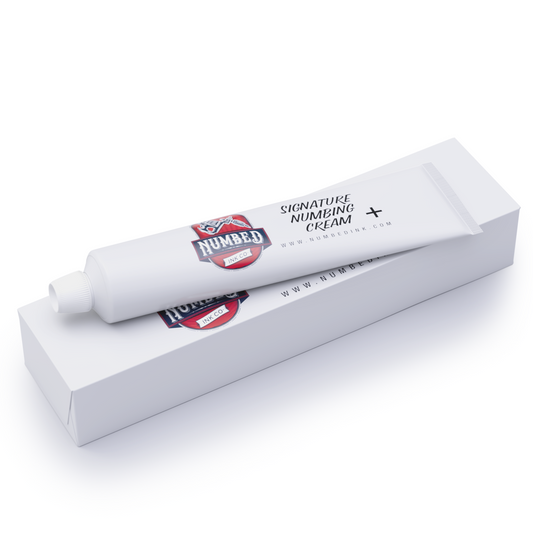Tattooing has been a part of human culture for thousands of years. It has been used for various purposes including identification, social status, and spiritual or religious significance. In this article, we'll take a deep dive into the origins of tattoos, exploring their cultural significance and evolution throughout history.
The Origins of Tattoos

Tattooing in Ancient Cultures
💉The Significance of Tattoos in Ancient Egypt
Tattoos have been found on mummies dating back to 2000 BC in ancient Egypt. They were often symbols of social status and spiritual significance. For example, the god Bes was often depicted on tattoos as a protector of women in childbirth. Similarly, tattoos of the goddess Hathor were used to bring good luck and prosperity.
💉Tattooing among Native American Tribes

💉Tattooing in Polynesian Culture

💉The Origin of the Word Tattoo
The word "tattoo" comes from the Polynesian word "tatau", which means "to mark". This reflects the cultural significance of tattoos in Polynesian culture, where they were often used to mark important life events such as reaching adulthood or completing a significant journey.
💉The Art of Tattooing in Samoa and Tahiti
Tattooing in Samoa and Tahiti was a highly skilled art form, with designs often covering large areas of the body. The intricate designs were often created using traditional tools such as bone combs and ink made from natural ingredients such as charcoal and plant sap. These tattoos were often symbols of social status and spiritual significance, with the designs reflecting the individual's unique story and life experiences.
Tattoos in Modern History

The 19th and 20th centuries saw significant shifts in the way tattoos were perceived and practiced, leading to the art form's evolution into what we know today. However, as we move forward, we must also consider the current trends, controversies, and advancements that are shaping the tattoo industry.
💉The 19th Century Tattoo Revival

💉The Tattoo Renaissance of the 20th Century

In the 20th century, tattoos continued to evolve and gain mainstream acceptance. Tattoo artistry became a respected profession, and tattoo artists began to experiment with new techniques and styles.
The influence of music and pop culture also played a major role in the rise of tattoos. Musicians such as Janis Joplin and the Red Hot Chili Peppers helped to popularize tattoos among their fan bases, and celebrities such as Angelina Jolie and David Beckham made tattoos a fashion statement.
Tattooing Today: A Look at Current Trends and Technological Advances
As we've seen, the art of tattooing has undergone significant changes throughout history, from cultural significance to individual expression. In the modern era, tattoos have surged in popularity and are a ubiquitous sight worldwide. With this evolution comes new trends and technological advances that continue to shape the industry. In the following section, we'll explore some of the latest trends in tattoo culture and the technological breakthroughs that are driving this art form forward.
Current Trends in Tattoo Culture
💉Minimalist Tattoos

Minimalist tattoos are simple designs that often feature small, black ink images with clean lines. These tattoos have gained popularity in recent years due to their subtlety and versatility. They are a great option for those who want a tattoo that can be easily hidden or those who are getting their first tattoo.
💉Watercolor Tattoos

Watercolor tattoos are a newer trend in tattoo culture that involves using bright, vibrant colors to create a watercolor effect. These tattoos often feature abstract designs or nature scenes and are known for their beautiful and unique appearance. Watercolor tattoos require a skilled artist who can blend colors seamlessly, making them a popular choice for those looking for a one-of-a-kind tattoo.
The Impact of Technology on Tattooing
As with many other industries, technology has had a significant impact on the world of tattooing. While tattoos have been a part of human culture for thousands of years, advancements in technology have brought about new trends, techniques, and controversies in recent years. In this section, we'll explore some of the latest technological breakthroughs in the tattoo industry, and how they are shaping the future of this ancient art form.
💉The Rise of Laser Tattoo Removal

Laser tattoo removal has revolutionized the tattoo industry, making it easier than ever to remove unwanted tattoos. The process involves using laser technology to break up the ink particles in the skin, allowing the body to absorb and remove them. This technology has made it possible for people to change their minds about their tattoos or remove tattoos that may be holding them back in their personal or professional lives.
💉3D Printing in Tattoo Art
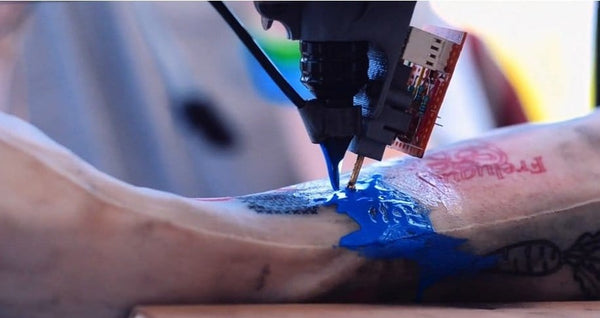
3D printing is changing the way tattoos are created. This technology allows tattoo artists to create intricate designs and shapes that would be impossible to achieve by hand. With 3D printing, tattoo artists can create custom-made designs that fit perfectly on a client's body. This technology is still in its early stages, but it has the potential to completely transform the tattoo industry.
Controversies Surrounding Tattoos

As tattoos have become increasingly mainstream and accepted in modern times, the art form has undergone a renaissance. But despite this newfound acceptance, tattoos remain a source of controversy for many. In this blog post, we'll delve into the controversies surrounding tattoos in the present day, including issues related to employment, cultural appropriation, and more.
💉Tattoos and Employment
Tattoos have been historically associated with gangs, outlaws, and rebellious behavior. This perception has led to discrimination against tattooed individuals in the workplace.
Many companies have dress codes that prohibit visible tattoos, which can limit job opportunities for those with tattoos. However, the attitudes towards tattoos in the workplace are changing. More companies are accepting tattoos as a form of self-expression and are becoming more lenient towards employees with visible tattoos.
💉The Cultural Appropriation of Tattoos
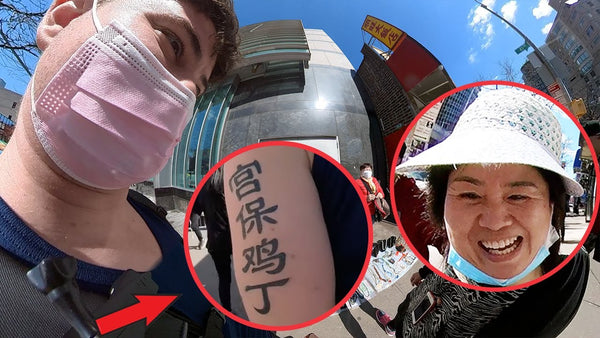
Cultural appropriation is a controversial topic that is relevant in many fields, including tattoos. Some argue that non-indigenous people getting tribal tattoos is a form of cultural appropriation, as these tattoos have significant cultural and spiritual meanings in indigenous cultures.
Similarly, there is a debate around the commercialization of tattoos, where some argue that the mass production of tattoo designs for profit takes away from the authenticity and cultural significance of tattoos.
